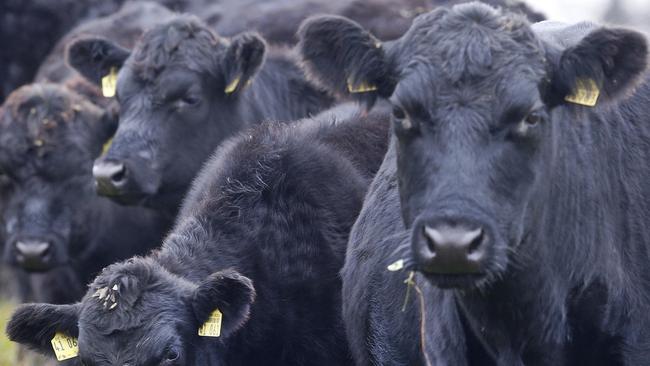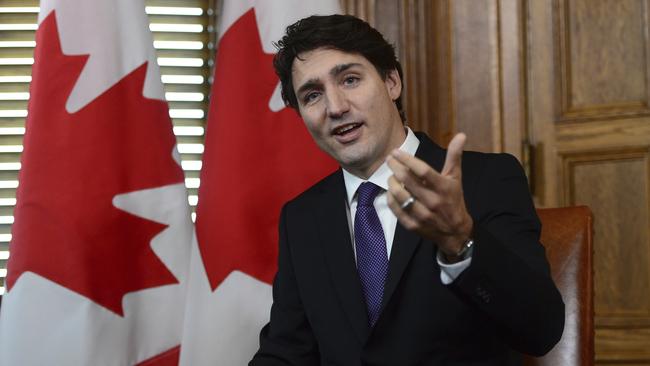Market report: Beef
FARMERS need to maintain ‘discipline’ in relation to spending and costs when it comes to running cattle and producing beef.

FARMERS need to maintain ‘discipline’ in relation to spending and costs when it comes to running cattle and producing beef.
New data from an in-depth cost-of-production analysis of both southern and northern beef operations show producers have opened their wallets in recent years on the back of record price returns for cattle.
While spending is not necessarily a problem — who hasn’t heard the saying it “takes money to make money” — the challenge is to make sure it is directed towards items that will enhance a farm’s productivity and performance, says John Francis of Holmes Sackett at Wagga Wagga. Holmes Sackett specialises in farm benchmarking and analysis across southern Australia.
“Things do change when prices for livestock are high,” Francis says. “Cost structures for beef production have been very good — as they had to be because margins were so tight (when cattle prices were depressed).
“I think we are seeing a trend to higher cost of production and that is not necessarily a problem as long as money is being spent in the right way to get a return on investment.
“The challenge is getting the spending right so that (profit margins) become wider for the producer, not less.”
The Australian Bureau of Agricultural Economics and Sciences has just released a report on beef cost of production based on data collected by the Australian Agriculture and Grazing Industries survey.
The survey covered farms running more than 100 head from 2013 to 2016.
The analysis broke down the figures several ways, from a basic cash amount spent to produce a kilogram of beef, to a more comprehensive total cost covering finance, depreciation and the value of unpaid labour (see table this page). It also compared costs between northern and southern producers.
The survey found the average cash cost of production in Southern Australia rose from 106c/kg in season 2013-14 to 145c/kg in 2015-16.
A reasonable chunk of the rise in cost of production was due to the increased amount of money involved in purchasing cattle due to record prices, and subsequent selling costs, which are usually based on a fixed percentage to livestock agencies.
ABARES found the cost involved in funding cattle purchases increased by 21 per cent over the analysis period, and “cattle purchases and transfers” were listed as the number one cost to producers.
The second major cost was finance, followed by “repairs and maintenance” and “fodder”.
ABARES calculated that southern producers had spent an extra 24 per cent on farm repairs and maintenance as cattle prices improved, with fertiliser spending lifting by 13 per cent.
The contentious element of the data, particularly from a southern perspective, where there are a significant number of smaller properties run with a lifestyle element, is the value of unpaid labour.
When ABARES attributed a cost to unpaid labour the average cost of production for beef in southern Australia ballooned to 221c/kg liveweight.
Francis says while people often overlook the time they spent on their properties, it is a real cost that should be factored into figures.
He says his company regularly tracked wages data, and the current salary for the equivalent of a farm manager with access to a house and vehicle was $115,000 gross.
“If you are running a farm it makes sense to be attributing the market rate for that role,” he says.
The ABARE data highlights the economy of sale for running large numbers of cattle.
During 2015-16 the average total cost of production for southern farms running
◆ 100-200 head was 267c/kg liveweight;
◆ 200-400 head was 225c/kg;
◆ 400-800 head was 178c/kg; and
◆ more than 800 head was 165c/kg.
The breakdown by state, according to ABARES, was:
◆ Victoria at an average of 223c/kg;
◆ NSW at 203c/kg;
◆ Qld at 202c/kg;
◆ Tasmania at 175c/kg;
◆ SA at 172c/kg; and
◆ NSW at 138c/kg liveweight.
Francis says farmers shouldn’t get too fixated by the ABARE figures, as there could be vast differences between individual properties and regions.
But he says they are a timely reminder for producers to focus their spending on items or systems that could improve their operation.
“You can control your cost structure, and spending should be matched to farm size and improving efficiency and production,” he says.
Investing in capital infrastructure, such as improved yards or laneways to reduce labour, are all sensible.”


